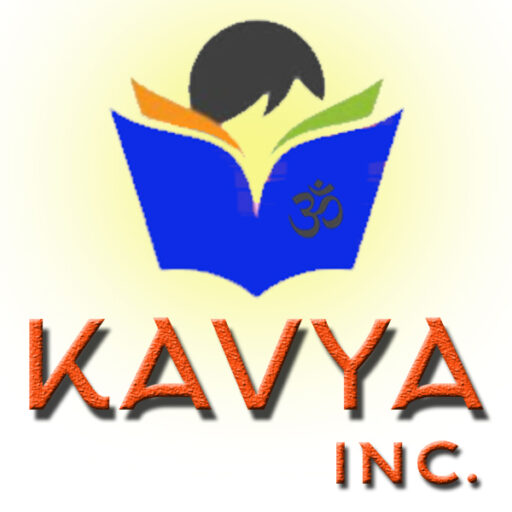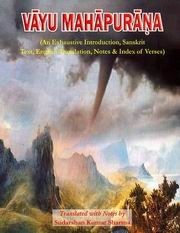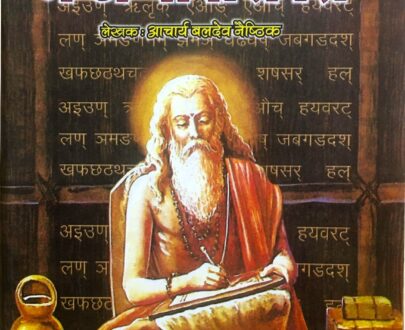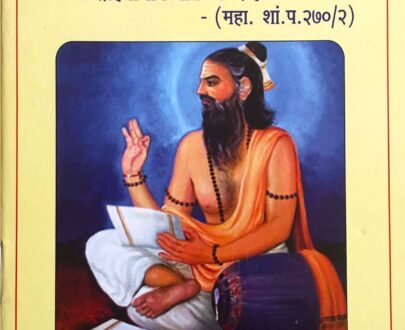VAYU MAHAPURANA VOL -2 (TWO VOLUMES)
SKU : KI-BK-P-123
$50.00
Title: Vayu Mahapurana Vol -2 (Two Volumes)
Cover:Hardcover
Language:Sanskrit Text and English Translation)
This edition of Vayu Purana in two volumes is the most unique as compared to all other editions published so far from various sources. It includes original Sanskrit text and verse by verse English translation. There is an exhaustive introduction at the beginning of the first volumes and an index of all Sanskrit verses at the end of second volume for ready reference of the scholars and readers.
2 in stock
SKU :
KI-BK-P-123
Categories : Books, English, LITERATURE AUTHOR, LITERATURE LANGUAGES, Puran, SPIRITUAL LITERATURE, SUDARSHAN KUMAR SHARMA
Description
-
-
-
-
-
-
-
-
-
-
-
-
-
-
-
-
-
-
-
-
-
-
-
-
-
-
-
-
-
-
The knowledge of the Puranas supplements that of the Vedas and the Upanishads. As such, the Puranas contain many stories and history. There is no race on earth that does not have its own history. But the immense volume of the Puranas is unsurpassed anywhere else in the world. The Vayu Purana itself states that the Puranas were originally recited by the great God Brahma and that one has to understand the Puranas if one is to appreciate the Vedas and the Upanishads. Vayu Purana is so named because it is believed that it was recited by the Wind-god Vayu. The Vayu Purana has twenty-four thousand shlokas. These are divided into two parts (bhaga) – a first part (purva-bhaga) and a subsequent part (uttara-bhaga). There are one hundred and twelve chapters in Vayu Purana. These chapters describe in details about various solar and lunar dynasties, development of Cosmic Egg, birth of progenies, description of various mountains and sacred rivers, duties of four castes and stages of society, measurement and the respective distance of luminary bodies, the science of Yoga and Meditation, enumeration of various kings and sages, method of performing Shraddhas and the relative benefits, number of Yugas and Kalpas, description of various continents and sub-continents, the way to ultimate liberation (Moksha) and so on. There are two chapters specifically dedicated to the science of Music and Alamkaras. Vayu Purana presents the most comprehensive details of various dynasties, the names of various kings, their successors as well as their kingdoms. This edition of Vayu Purana in two volumes is the most unique as compared to all other editions published so far from various sources. It includes original Sanskrit text and verse by verse English translation. There is an exhaustive introduction at the beginning of the first volume and an index of all Sanskrit verses at the end of the second volume for ready reference of the scholars and readers.
-
-
-
-
-
-
-
-
-
-
-
-
-
-
-
-
-
-
-
-
-
-
-
-
-
-
-
-
-
Additional information
| Weight | 3 kg |
|---|---|
| Additional Information | NO |
Be the first to review “VAYU MAHAPURANA VOL -2 (TWO VOLUMES)” Cancel reply







Reviews
There are no reviews yet.